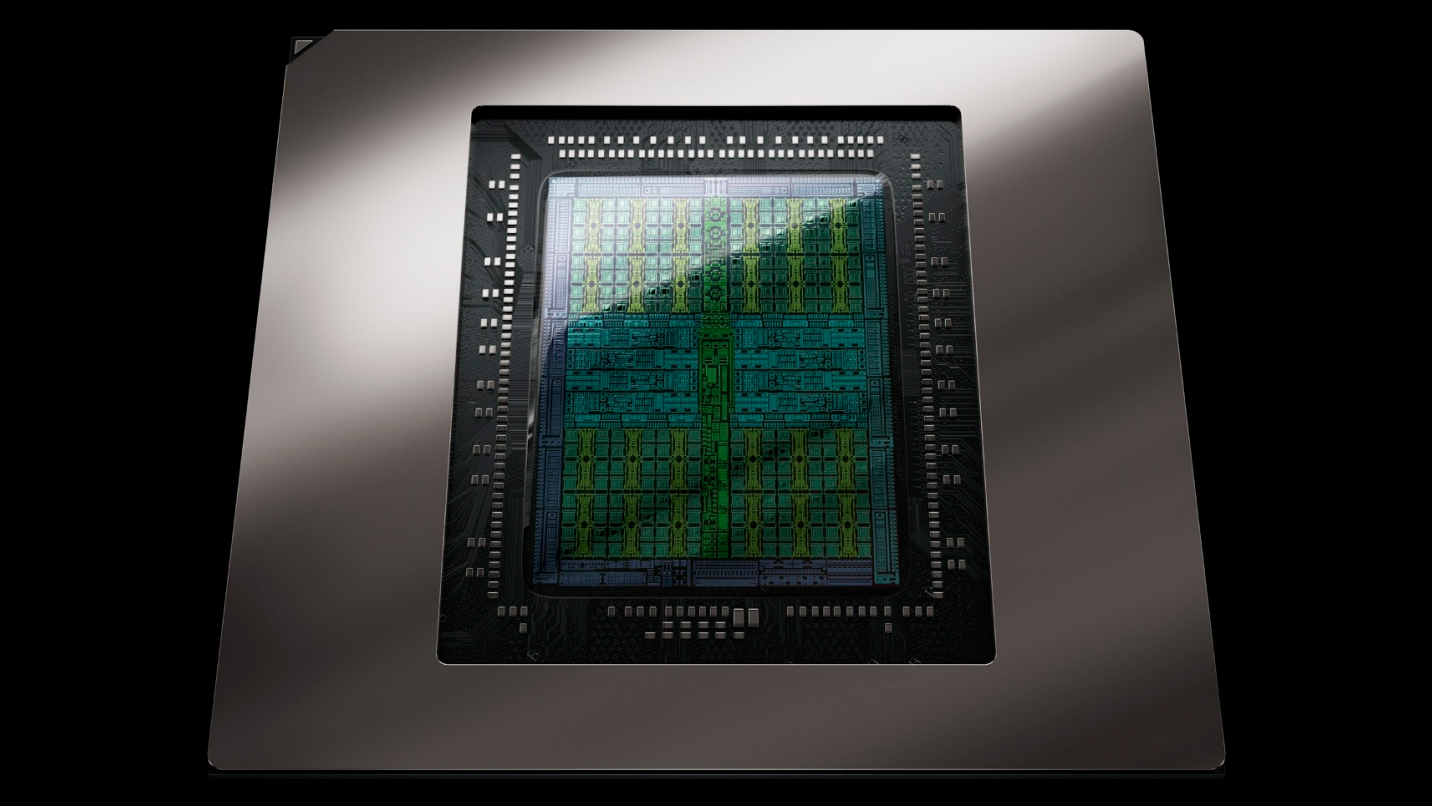Leaked benchmarks suggest Nvidia’s upcoming RTX 5080 laptop GPU for high-end gaming laptops scores 20% higher than the RTX 4080 laptop GPU in 3DMark’s Time Spy benchmark. Over at Bilibili, user Peak player DFWJ shared an alleged screenshot of the RTX 5080 mobile in 3DMark, likely paired with the latest processors from either Intel or AMD. Since we’re unaware of the laptop’s thermals and the GPU’s TGP (Total Graphics Power), it’s best to approach this test skeptically.
At CES, alongside its desktop counterpart, Nvidia introduced Blackwell for laptops, scaling from the RTX 5070 laptop GPU for students and casual gamers to the RTX 5090 laptop GPU for enthusiasts. Expect to pay a pretty penny for these laptops since preliminary listings demand as much as $4,199. The RTX 5080 laptop GPU packs 7,680 CUDA cores or 60 SMs with 16GB of GDDR7 memory over a 256-bit interface, up from 12GB on its predecessor. Laptop manufacturers can configure this GPU from 80W to 150W, contingent on their machine’s cooling abilities.
We’ve gathered the publicly available results of the RTX 4080 laptop GPU and RTX 4090 laptop GPU from 3DMark’s online score explorer for comparison. To reiterate, we’re unaware of the TGP or exact laptop model used for this test, so it is impossible to make a direct comparison.
Swipe to scroll horizontally
| GPU | CUDA Cores | Time Spy Score | vs RTX 5080 Laptop GPU |
|---|---|---|---|
| RTX 5080 Laptop GPU | 7,680 | 21,948 | 100.00% |
| RTX 4090 Laptop GPU | 9,728 | 20,406 | 92.97% |
| RTX 4080 Laptop GPU | 7,424 | 18,271 | 83.25% |
With that in mind, the RTX 5080 laptop GPU scores 21,948 points, landing it 20% faster than the average RTX 4080 laptop GPU result at 18,271 points. Moreover, this also puts the RTX 5080 mobile somewhat higher than the RTX 4090 mobile, at least in this benchmark. These results are not guaranteed to reflect real-world performance, so it is best not to read too much into them.
Retail availability of RTX 50-equipped gaming laptops is expected by March or April. Let’s hope Nvidia and AIBs will be able to meet demand, unlike the chaotic desktop launch, which was marred by supply constraints. We have our doubts since the RTX 5090 mobile and RTX 5080 mobile employ the same GB203 chip used on the RTX 5080 desktop.
Each wafer used for consumer-grade RTX 50 chips means fewer Blackwell B100/B200 GPUs for data centers, the same market segment that accounts for almost 90% of Nvidia’s total revenue. However, the impact might not be as pronounced since demand for high-end gaming laptops is relatively lower than for standalone desktop GPUs.
